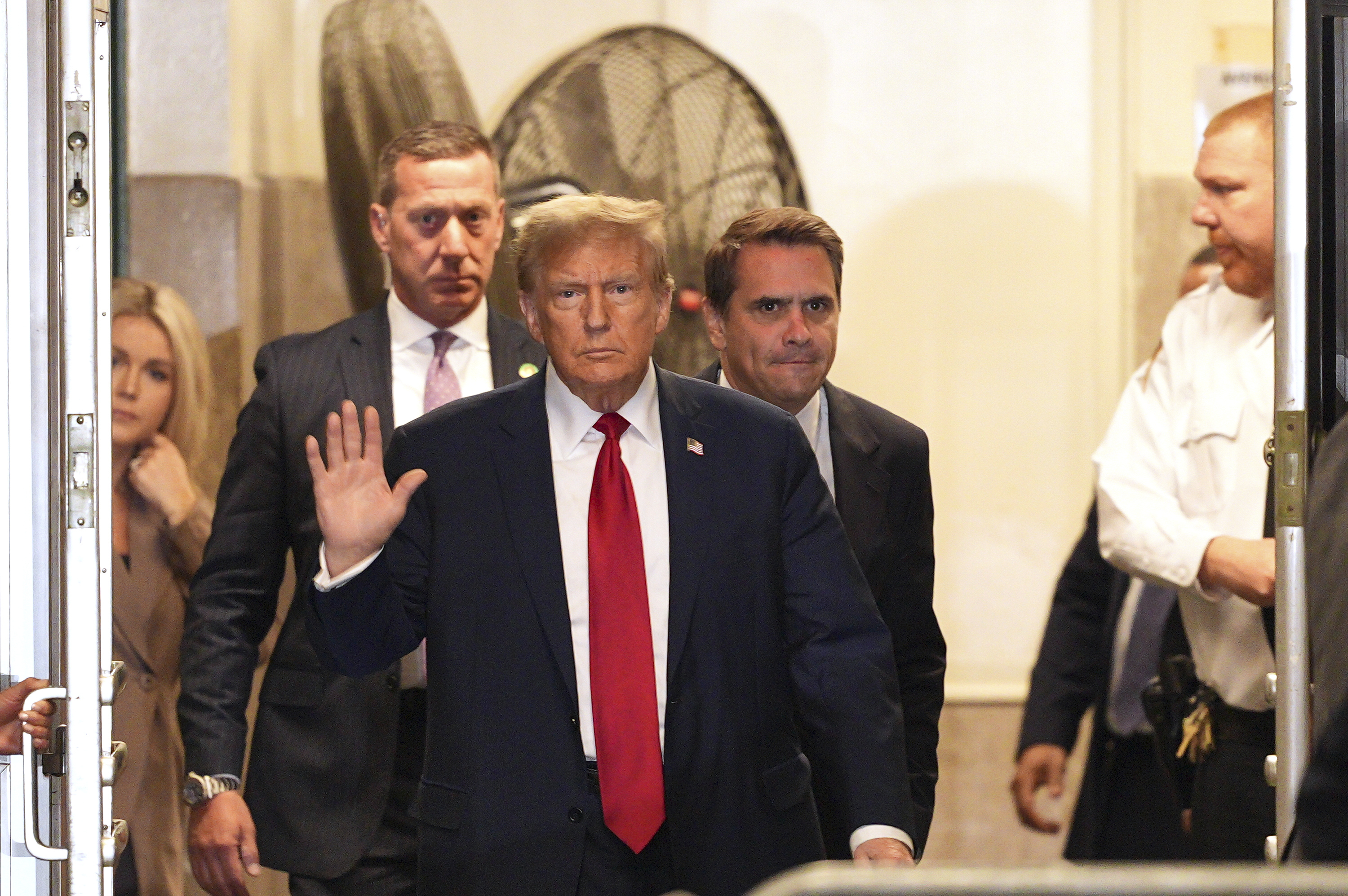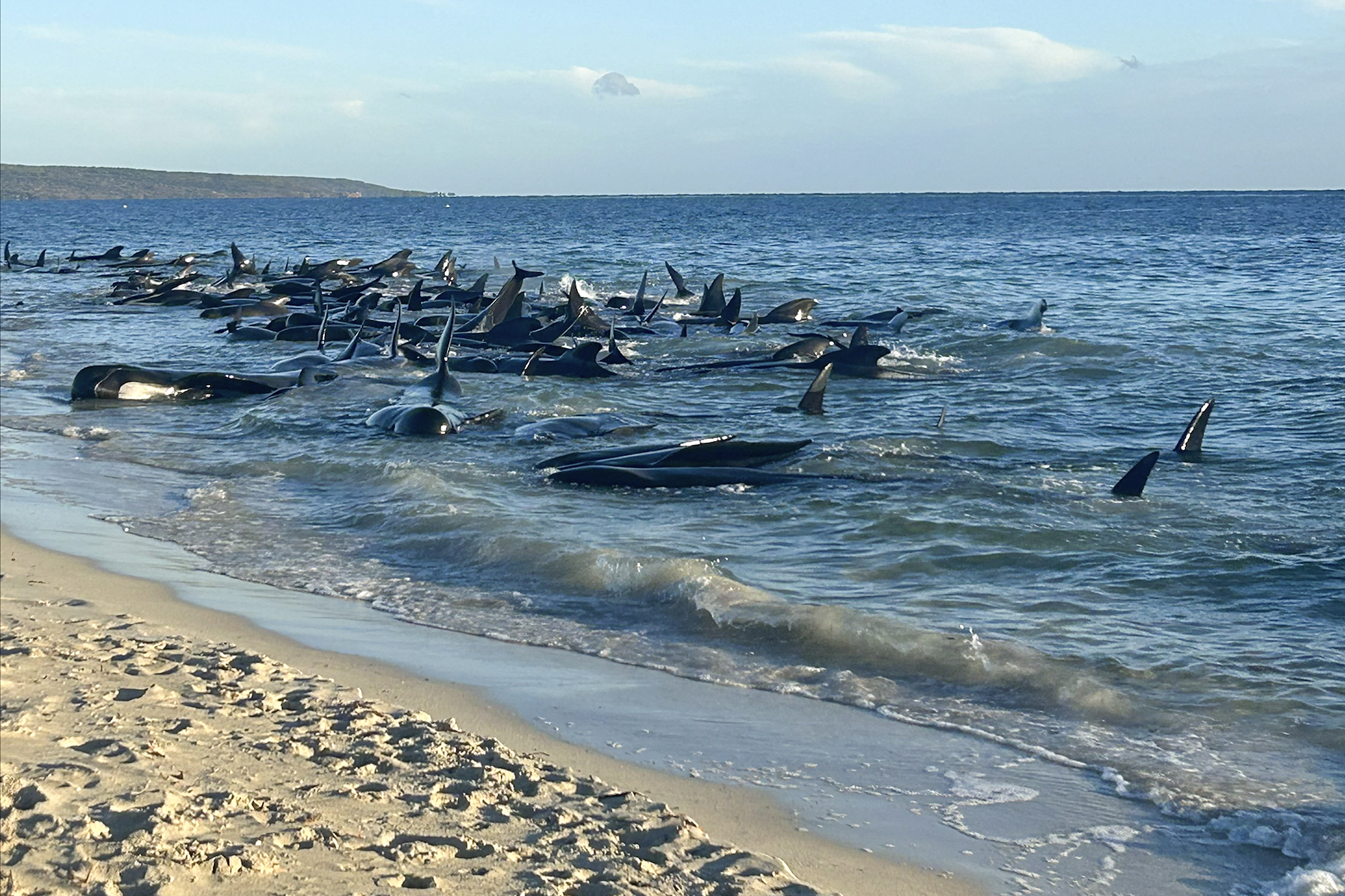Key dates in the Obama administration's contacts with Iran:
January 2009: President Barack Obama, in his first inaugural address, suggests a willingness to open contacts with Iran and other untrusted governments. "To those who cling to power through corruption and deceit and the silencing of dissent, know that you are on the wrong side of history, but that we will extend a hand if you are willing to unclench your fist."
March 2009: Obama records a video message to Iranians to mark their New Year's celebration. Calls for a "new beginning" in the countries' relationship. The White House has released similar messages each year since.
For more coverage of the U.S.-Iran nuclear deal, visit NBC News.com.
June 2009: Hard-line Iranian President Mahmoud Ahmedinejad wins a second term in disputed election that sparks the ill-fated "Green Revolution." Obama administration criticized for not reacting more assertively to violent crackdown on protests.
July 2009: Iran detains three American hikers, one woman and two men, who enter Iranian territory from Iraq. Obama administration begins back-channel efforts through Oman and its leader, Sultan Qaboos bin Said, to free them.
October 2009: Undersecretary of State for Political Affairs William Burns meets with a top Iranian negotiator on the sidelines of nuclear talks at a villa near Geneva. Burns is later promoted to deputy secretary of state.
U.S. & World
September 2010: Iran releases the female hiker on health grounds. She returns to the U.S. via Oman.
September 2011: Iran releases two male hikers who return to the U.S. via Oman. Informal contacts between American and Iranian officials begin in earnest at various locations, including the United Nations, Oman and through the Swiss, who represent U.S. interests in Iran in the absence of diplomatic relations between Washington and Tehran.
February 2013: The U.S. and its partners open a new round of nuclear negotiations with Iran in Almaty, Kazakhstan. Iranians refuse to meet separately with U.S. delegation led by new Undersecretary of State for Political Affairs Wendy Sherman, the administration's chief negotiator.
March 2013: Seeking to open a separate channel with the Iranians, Deputy Secretary of State William Burns and Vice President Joe Biden's national security adviser, Jake Sullivan, fly secretly to the Omani capital of Muscat for a meeting with Iranian officials.
May 2013: Secretary of State John Kerry travels to Muscat for talks with Qaboos largely focused on ensuring the viability of the Omani channel ahead of Iran's election in June.
June 2013: Hassan Rouhani wins Iranian election, promising relief from sanctions that are crippling the country's economy and signaling a new willingness to engage on the nuclear issue.
August 2013: Rouhani sworn in as Iran's new president. Qaboos becomes the first foreign leader to visit him in office. Rouhani and Obama exchange letters. Burns and Sullivan hold two more secret meetings with Iranian officials before the annual U.N. General Assembly meeting in late September that Rouhani will attend. A framework for an initial nuclear deal begins to emerge as do plans for a potential meeting in New York between Obama and Rouhani.
September 2013: Obama and Rouhani both attend the General Assembly session. Efforts to arrange a face-to-face meeting fail, but Obama speaks to Rouhani by phone in the first conversation between a U.S. and Iranian leader since 1979. Iranian Foreign Minister Mohammed Javad Zarif meets members of the P5+1 negotiating team, including Kerry and Sherman on the sidelines of the General Assembly. Kerry speaks alone with Zarif for roughly 30 minutes. Obama briefs Israeli Prime Minister Benjamin Netanyahu about the talks at a White House meeting on Sept. 30. The next day, Netanyahu delivers a powerful warning about Iran's intentions and trustworthiness in his speech to the U.N. General Assembly. He calls Rouhani a "wolf in sheep's clothing." In the following days, U.S. officials brief P5+1 partners on the clandestine meetings with Iran.
October 2013: Burns and Sullivan hold a fourth secret meeting with Iranian officials, and then a fifth, this time joined by chief U.S. negotiator Sherman. The framework nuclear deal hashed out in the early secret talks begins to gain clarity. A new round of larger nuclear talks with world powers is held in Geneva at which Sherman meets publicly with Zarif.
November 2013: World powers meet Iran again in Geneva. Burns and Sullivan are among the U.S. delegation but are not identified as such. They are kept hidden from public view, entering meeting rooms only after photographers and journalists are escorted out. They stay at a separate hotel from the main delegation and enter the talks through service entrances.
Nov. 23, 2013: Western powers and Iran reach initial deal on curbing Iran's nuclear program.



